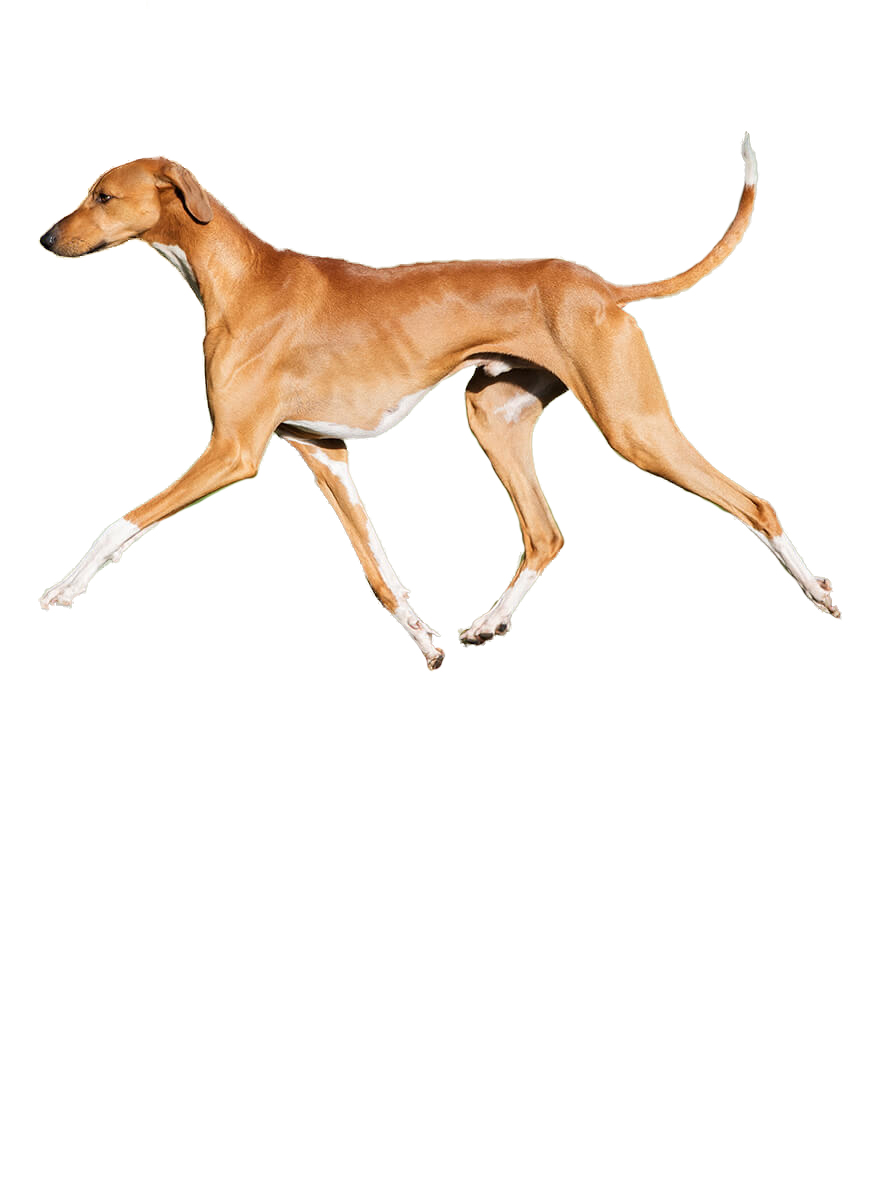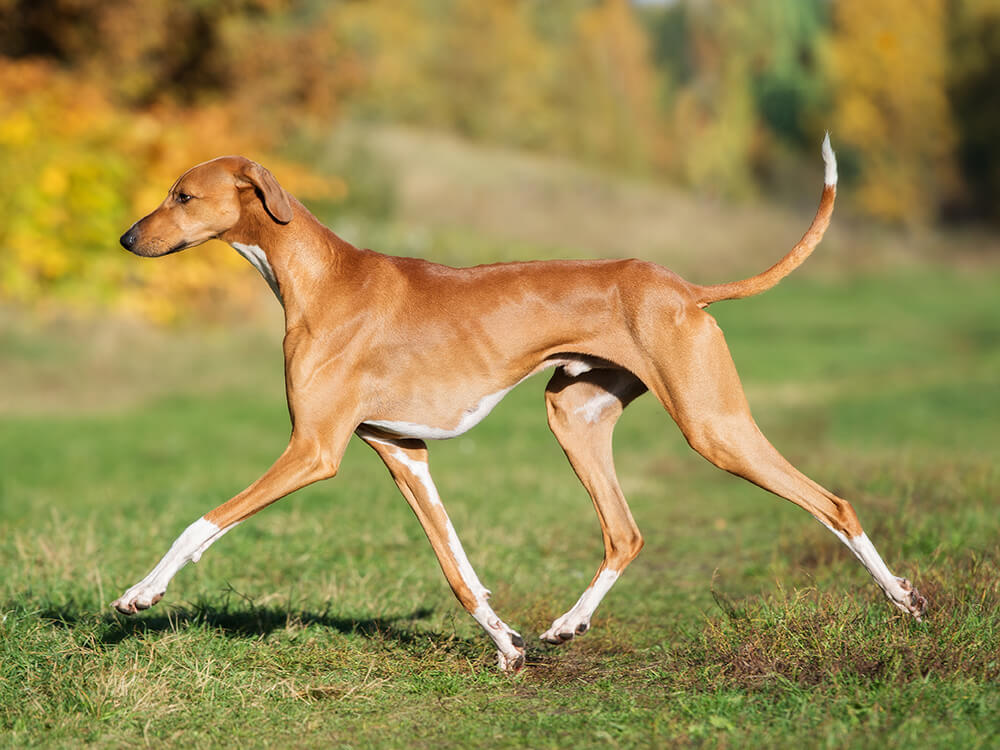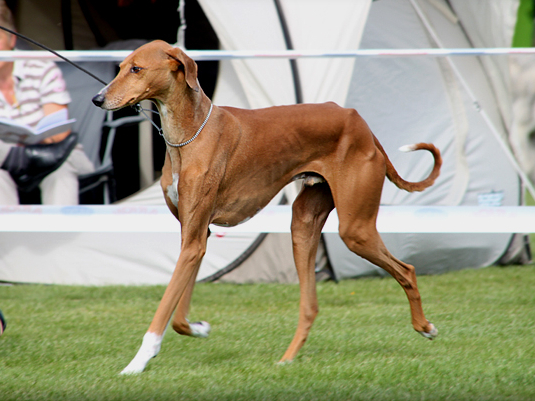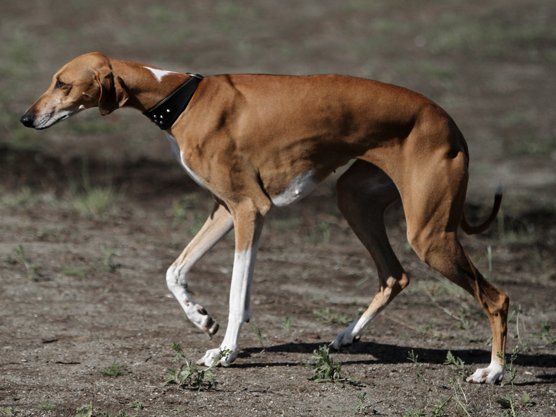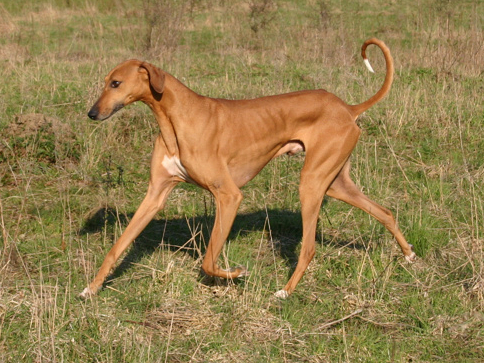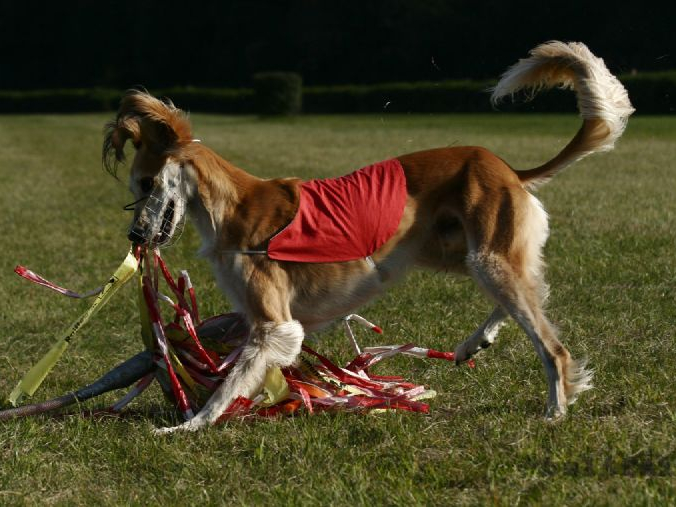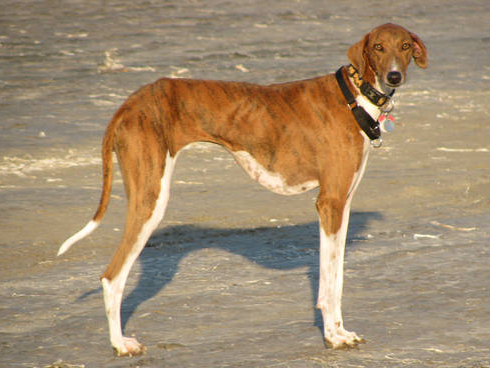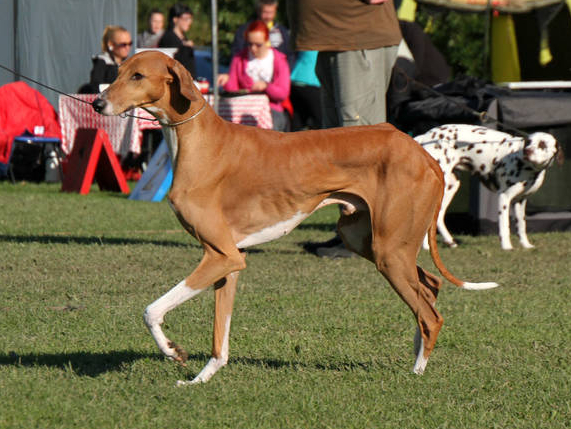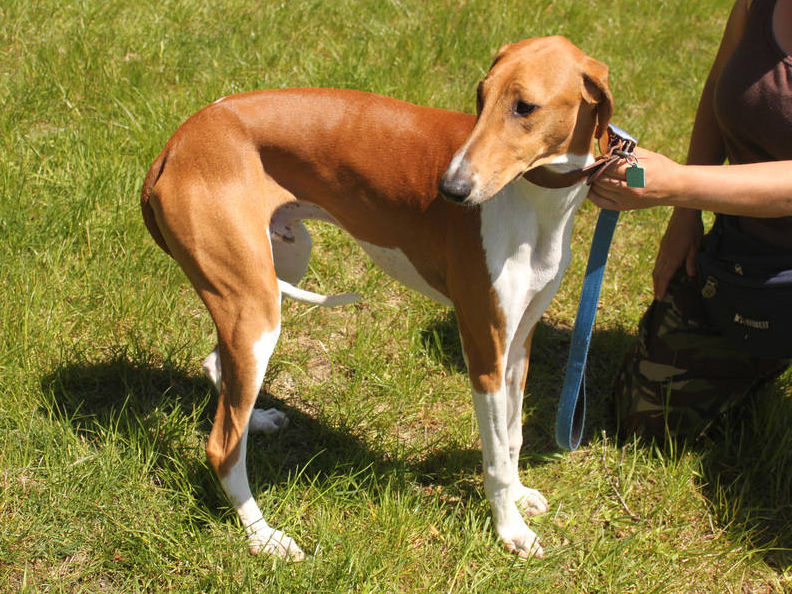
Azawakh Breed Pictures
Vital Breed Stats
| Height: | 63 - 73 cm M | 59 - 69 cm F |
| Weight: | 20 - 25 kg M | 15 - 20 kg F |
| Breed Group: | Toy Dog Group |
| Life Expectancy: | 10 - 13 years |
| KC Registered: | No |
Breed Characteristics
| Size: |  |
| Grooming: |  |
| Exercise Level: |  |
| Trainability: |  |
| Barking Level: |  |
| Good with Children: |  |
| Good with other pets: |  |
| Affectionate: |  |
| Protective: |  |
| Cost to Keep: |  |
Give a thumbs up if you love the Azawakh

0
More About the Breed
History
The Azawakh breed has been living with the nomadic tribes in the arid areas of south Sahara and Sahel zone for years. It was initially referred to as 'idii n’ illeli,' which when translated means 'sighthound of the free people.' This canine breed has been their long-time companion and was treated as a member of the family. It takes the role of protecting the whole tribe and flocks from intruders. It has also helped in providing its people with meat through hunting. It excels so much in these fields, which leads it to polish up its stamina and agility.
The breed is long recognised by the United Kennel Club in 1993. However, it was just recently recognised by the American Kennel Club this 1st of January 2019. With that, the Azawakh is now included in the Hound Group. Despite the significant difference in the year, it has been part of the AKC’s Foundation Stock Service since 1997.
Appearance
The look of this smooth-haired sighthound exudes the power of speed and endurance in an Afro-Asiatic sighthound. Elegant and slender, its bones and muscles are well-defined beneath thin skin. Its skin clings tightly on its body and no fur can be seen on its belly.
Males can grow up to 25–29 inches weighing 20–25 kilograms, whilst females can mature up to 23–28 inches weighing 15–20 kilograms.
One of its distinctive features is its well-defined chest and long ribs that slightly curve down to the sternum. This is paired with almond-shaped eyes in colours of dark or amber. Its ears are triangular in shape, which looked attentive when raised.
Accepted coat colour combinations are the following:
- Black
- Blue
- Brown
- Brindles
- Clear sand to fawn
- Red
- White
Grooming
Temperament
As possibly one of the oldest breed, many of its aspects were attributed to its survival needs in the arid regions of West Africa. It is believed that this breed has high pain tolerance. This means you have to check it from time to time for any injuries as it is difficult to identify signs of any weakness or illness from this sturdy pooch.
As a pet, the Azawakh is known to form a strong bond exclusively to one person or its family. It is generally gentle and playful to its humans. Despite being affectionate, it is not known to be clingy; the mere presence of its owner already offers a sense of comfort. However, it is best to rehome one whilst at a young age as it does not easily adjust to changes.
Intelligence
This breed is protective of its family members and property. In fact, it is likely to bark at strangers with its intimidating voice. It is not known to offer a warm welcome to non-family members and even visitors. This type of canine is just not a friend of everybody.
Further, as an athletic breed, it makes the best running buddy. One should provide it with daily exercise to actively stimulate both its mind and body. This is also an intelligent and extremely independent canine, which can be trained best using a positive approach. It does not handle well with punishment-based training and can even lead to undesirable or unmanageable behaviours.
Nutrition
Feeding
Health
- Autoimmune-mediated disease
- Bloat
- Cardiac problems
- Hypothyroidism
- Hip Dysplasia
- Von Willebrand disease
Exercise
Cost of Ownership
As a rare breed, you might have to prepare yourself on a waiting list from reputable breeders. That being said, specific costs are dependent on the area and the needs of the said breed. Puppy price should be around £1,600 to £2,000.
Is an Azawakh Right for You?
- The Azawakh is a desert canine, which means it cannot handle well in cold places such as New England or the Pacific Northwest.
- It makes a good running companion.
- It is not suitable as a playmate for young children.
- It has strong instincts to protect his family.
- It's a suitable guard dog as it is aloof and wary of strangers.
- It makes a remarkable guardian and a lure courser.
